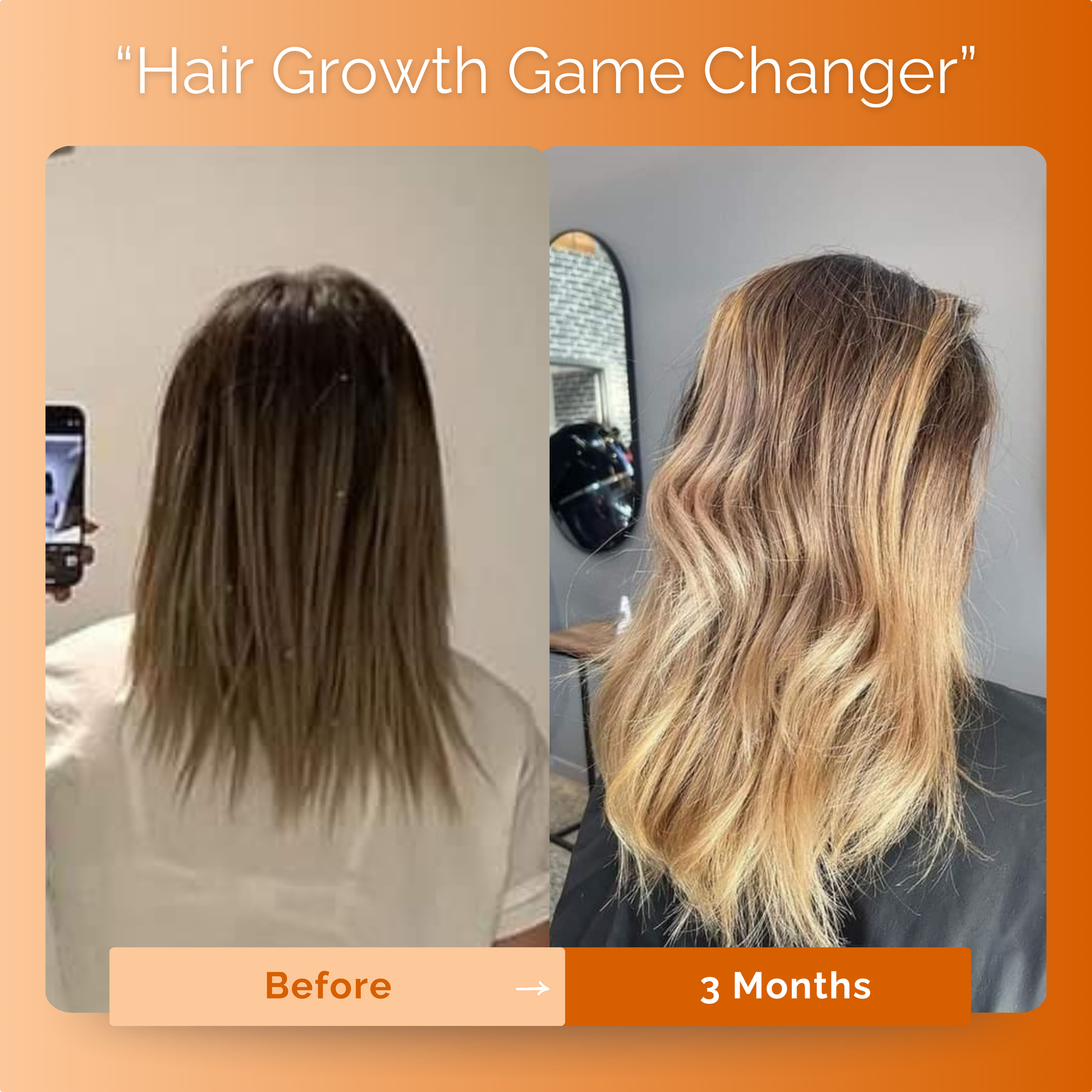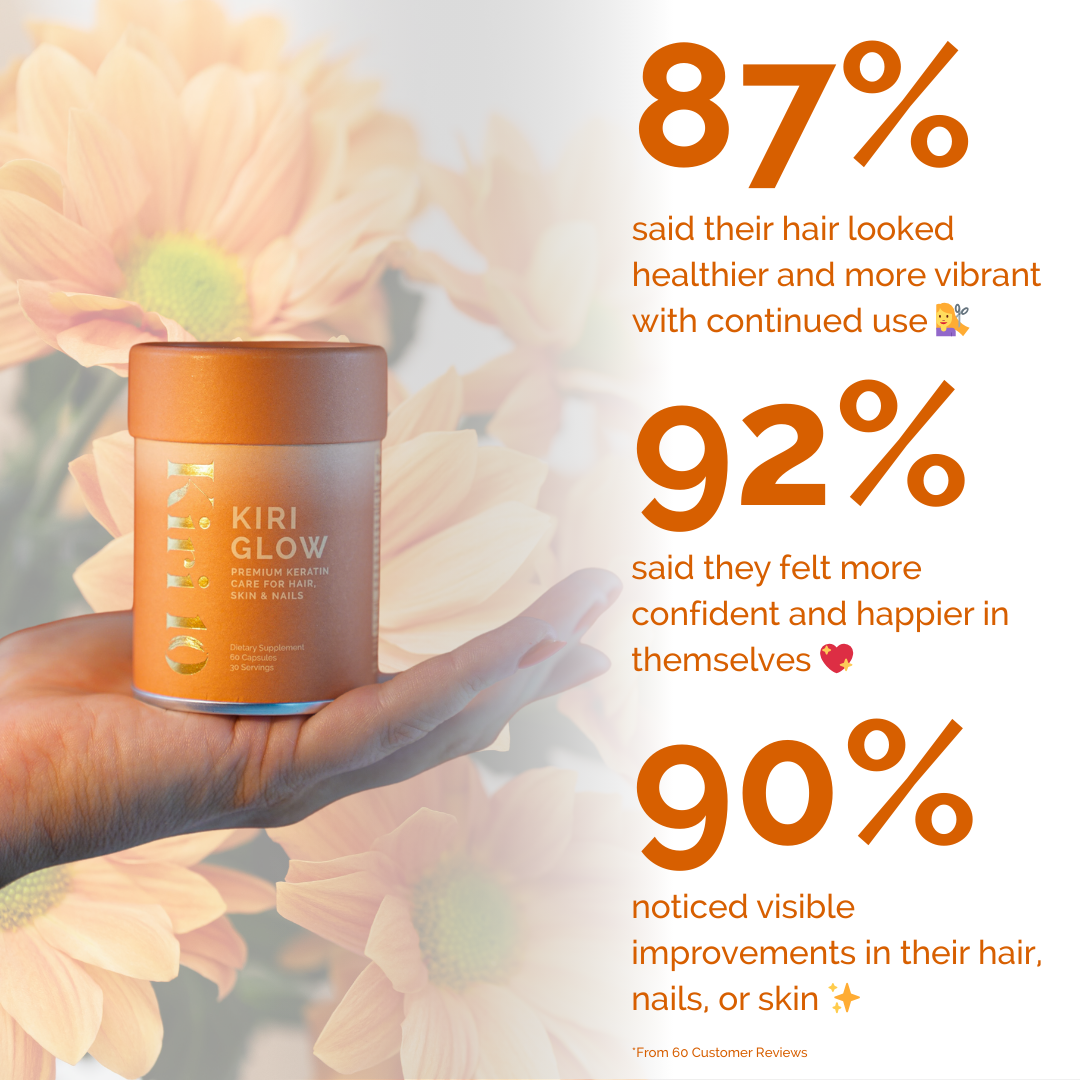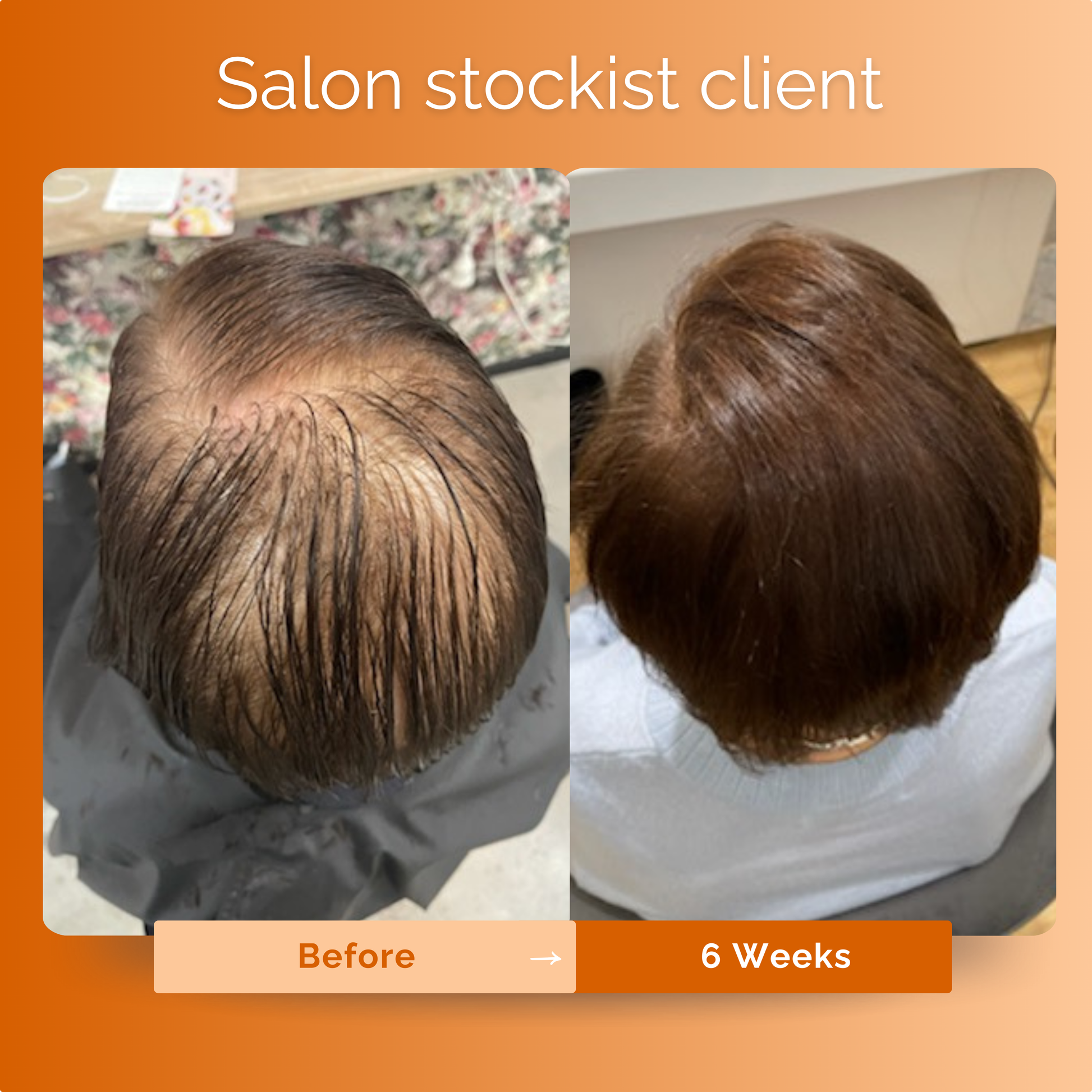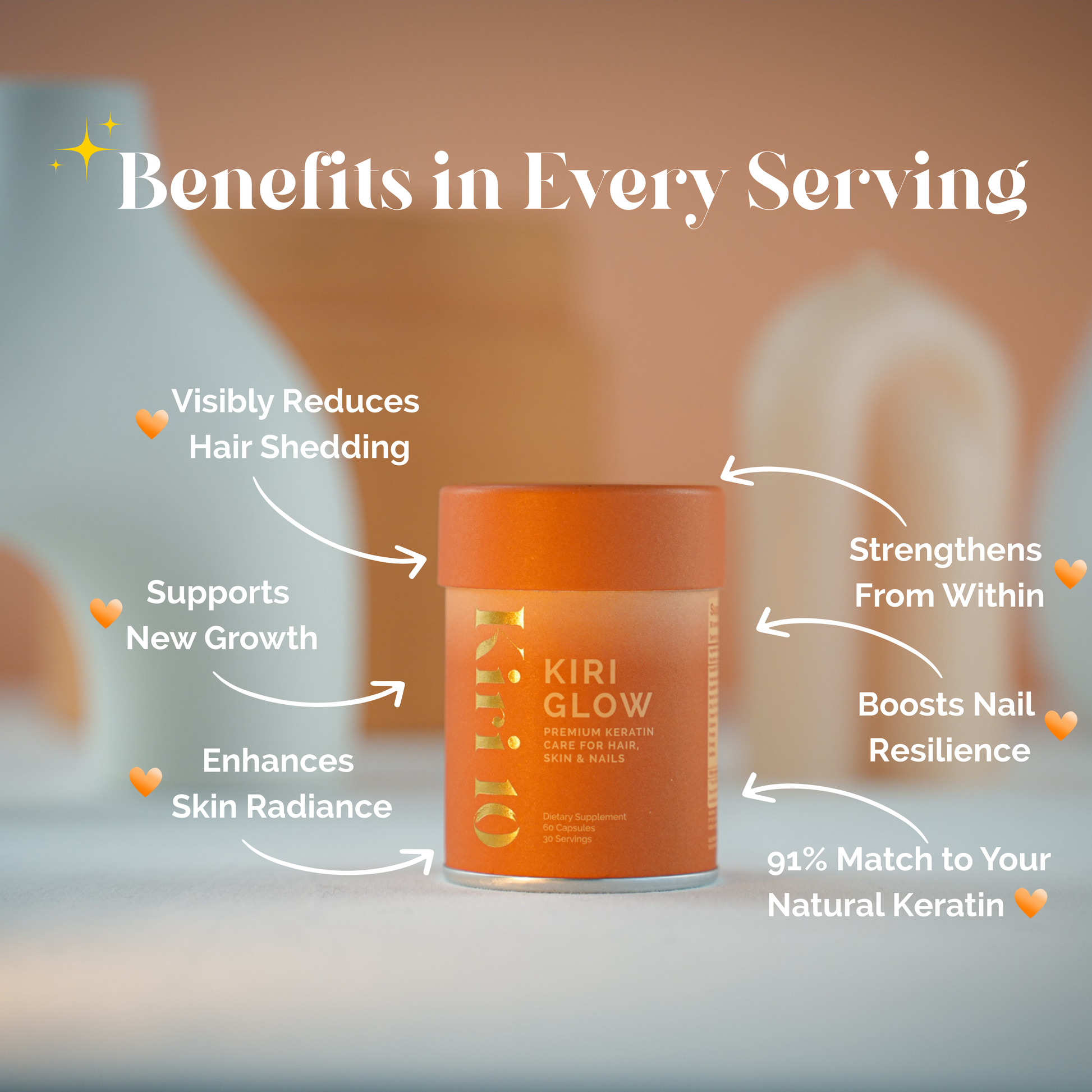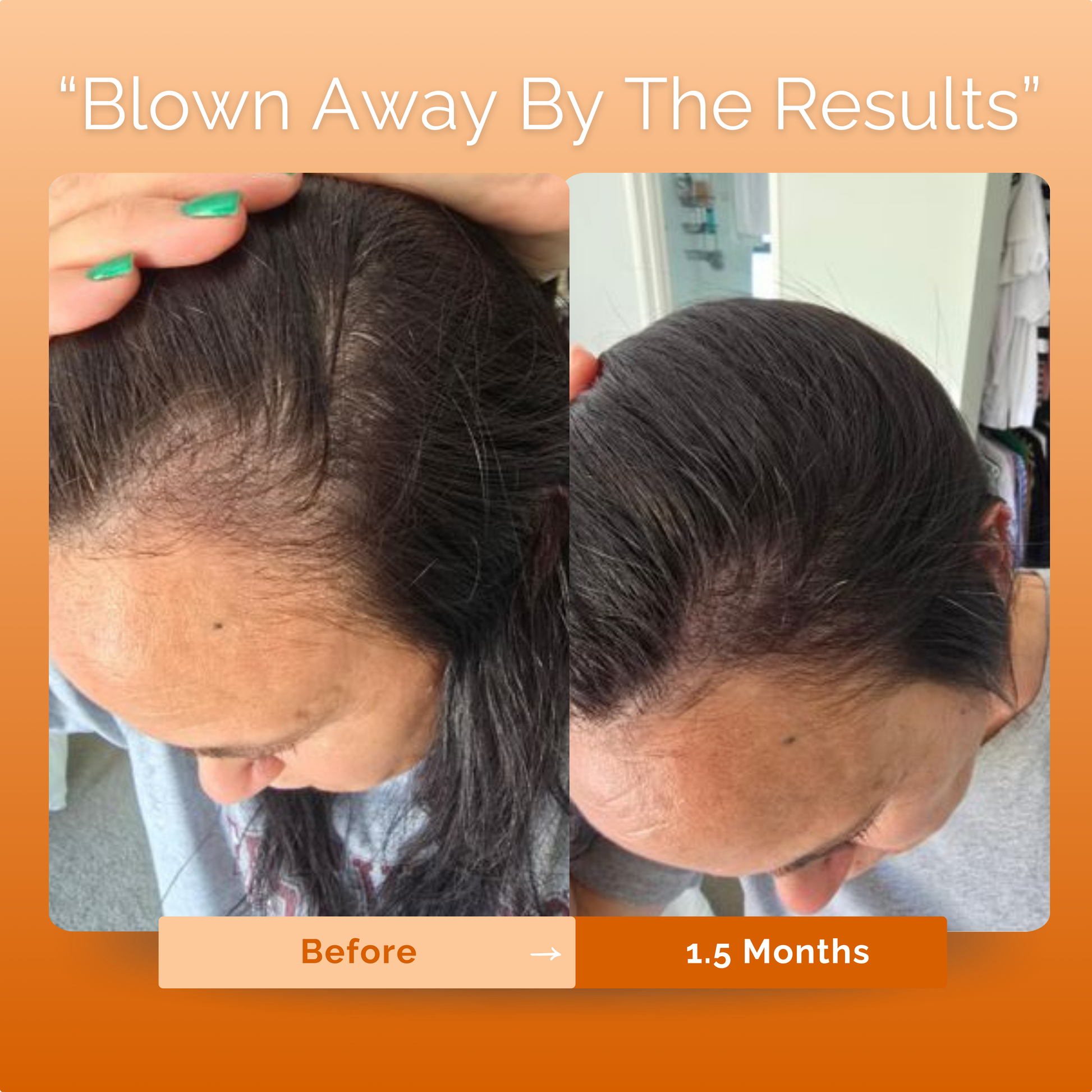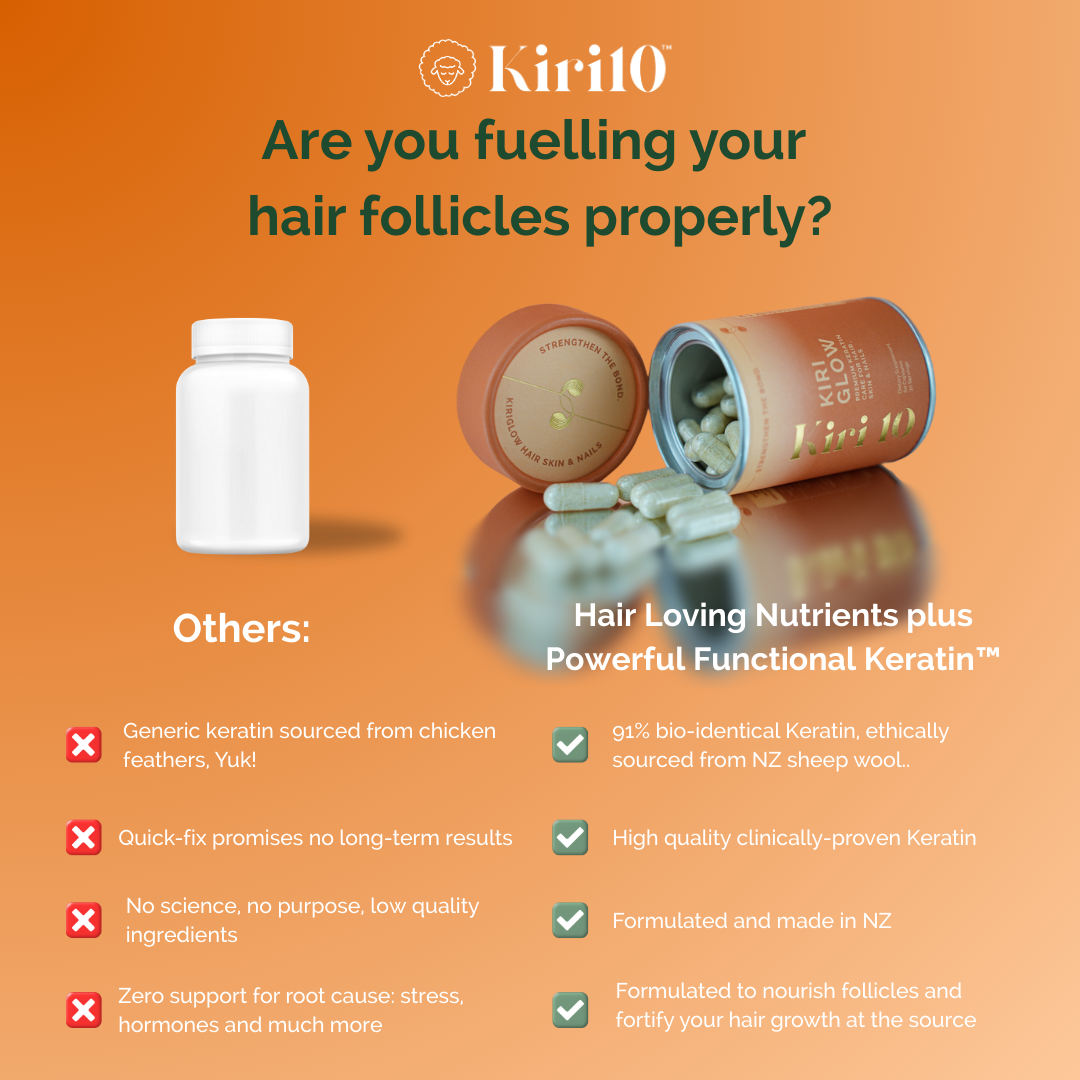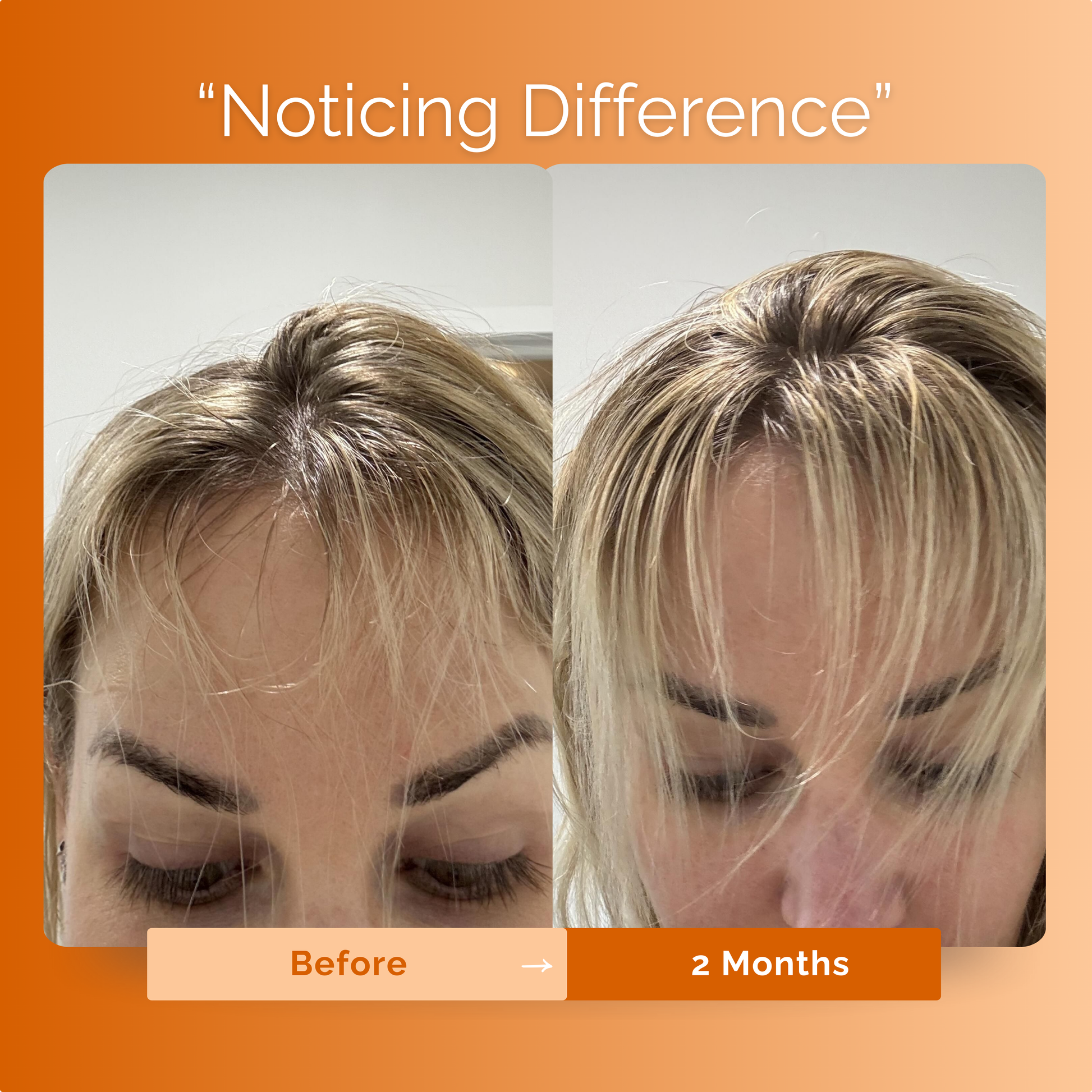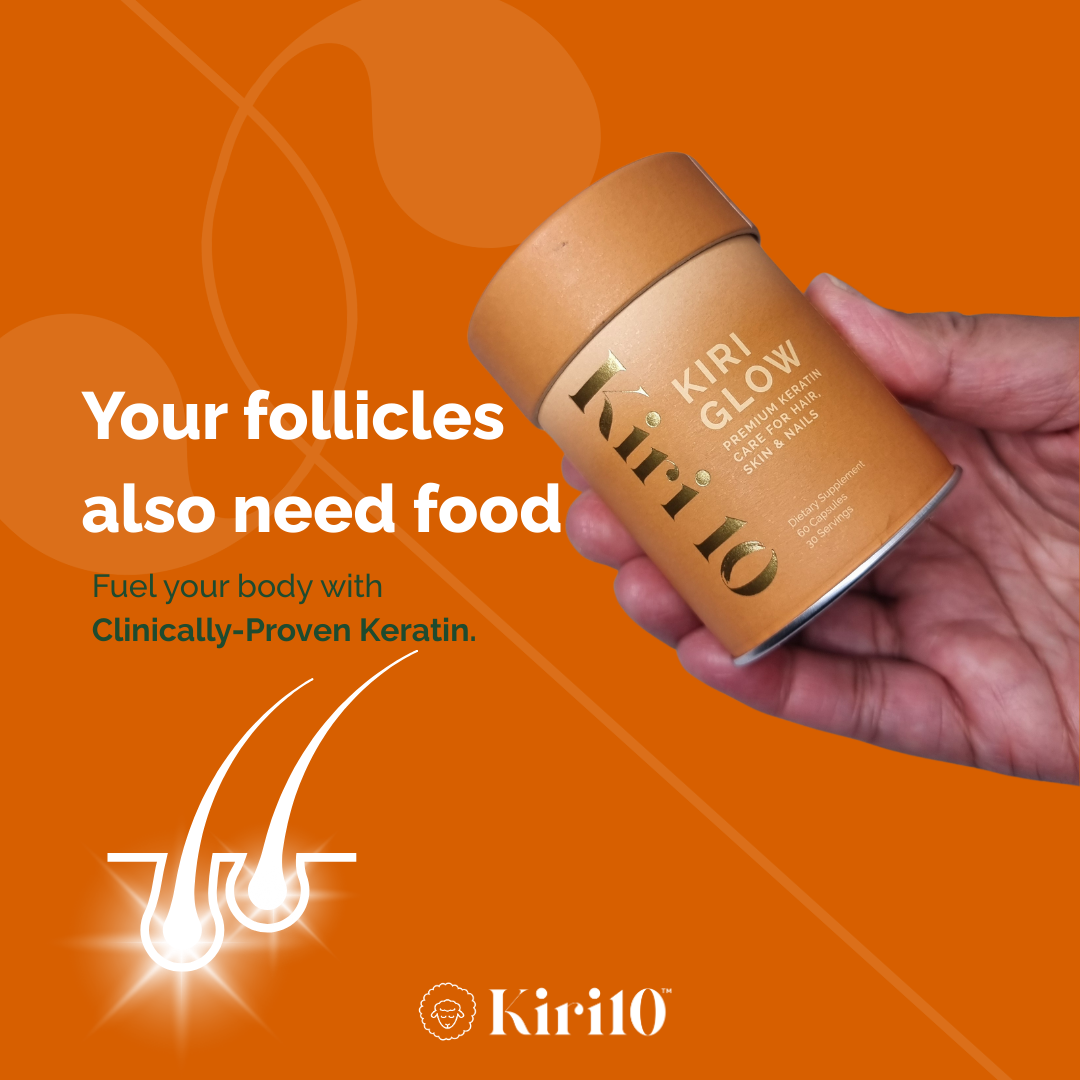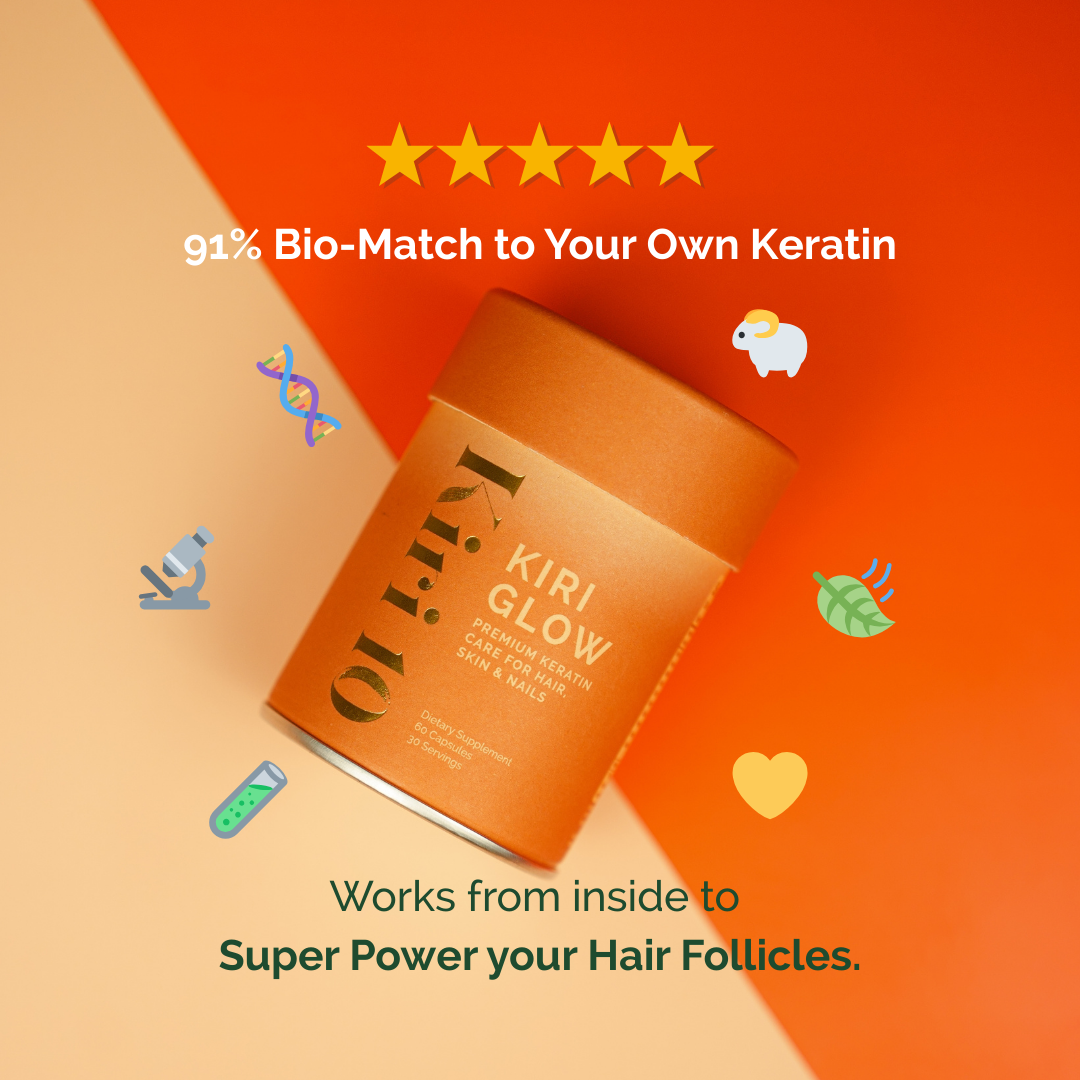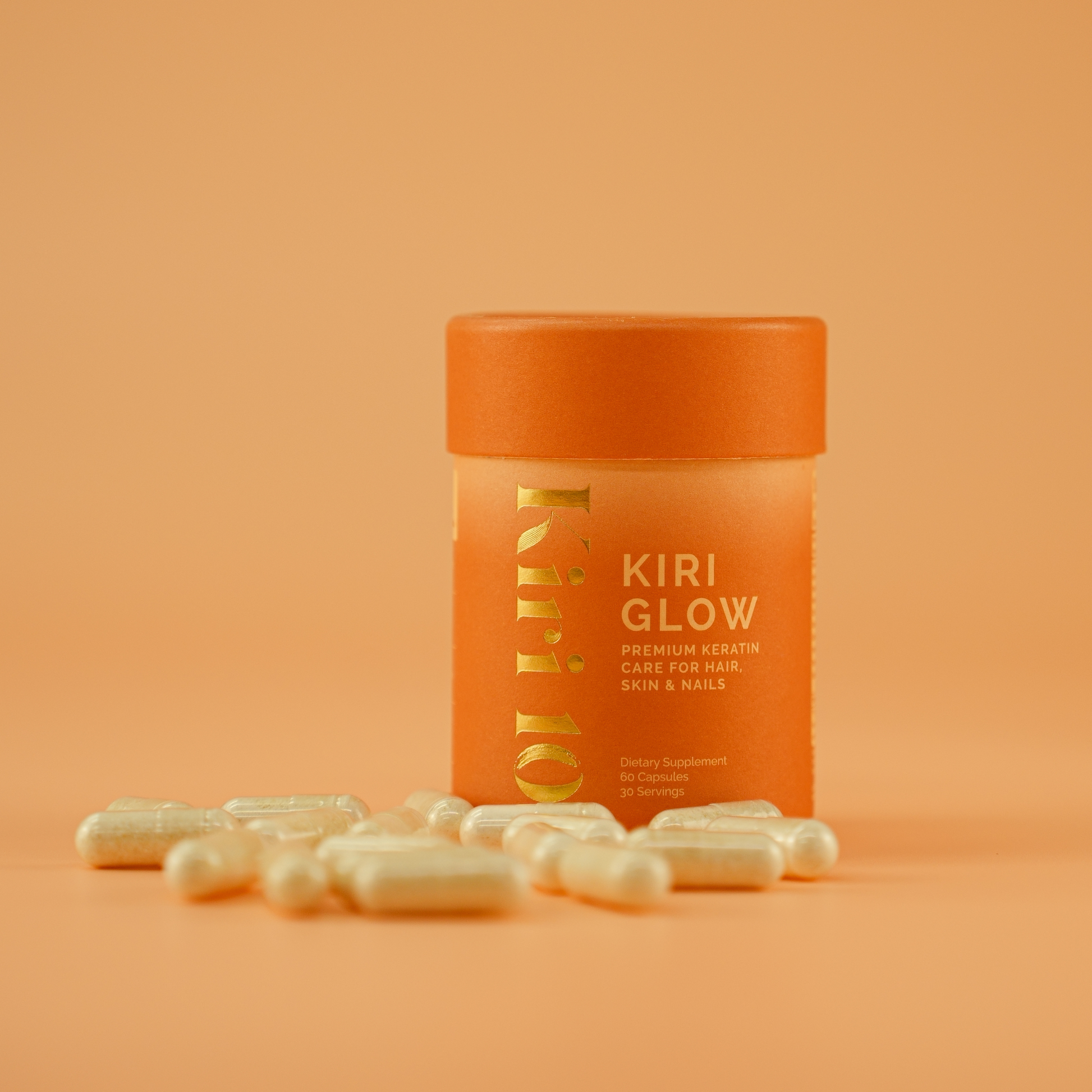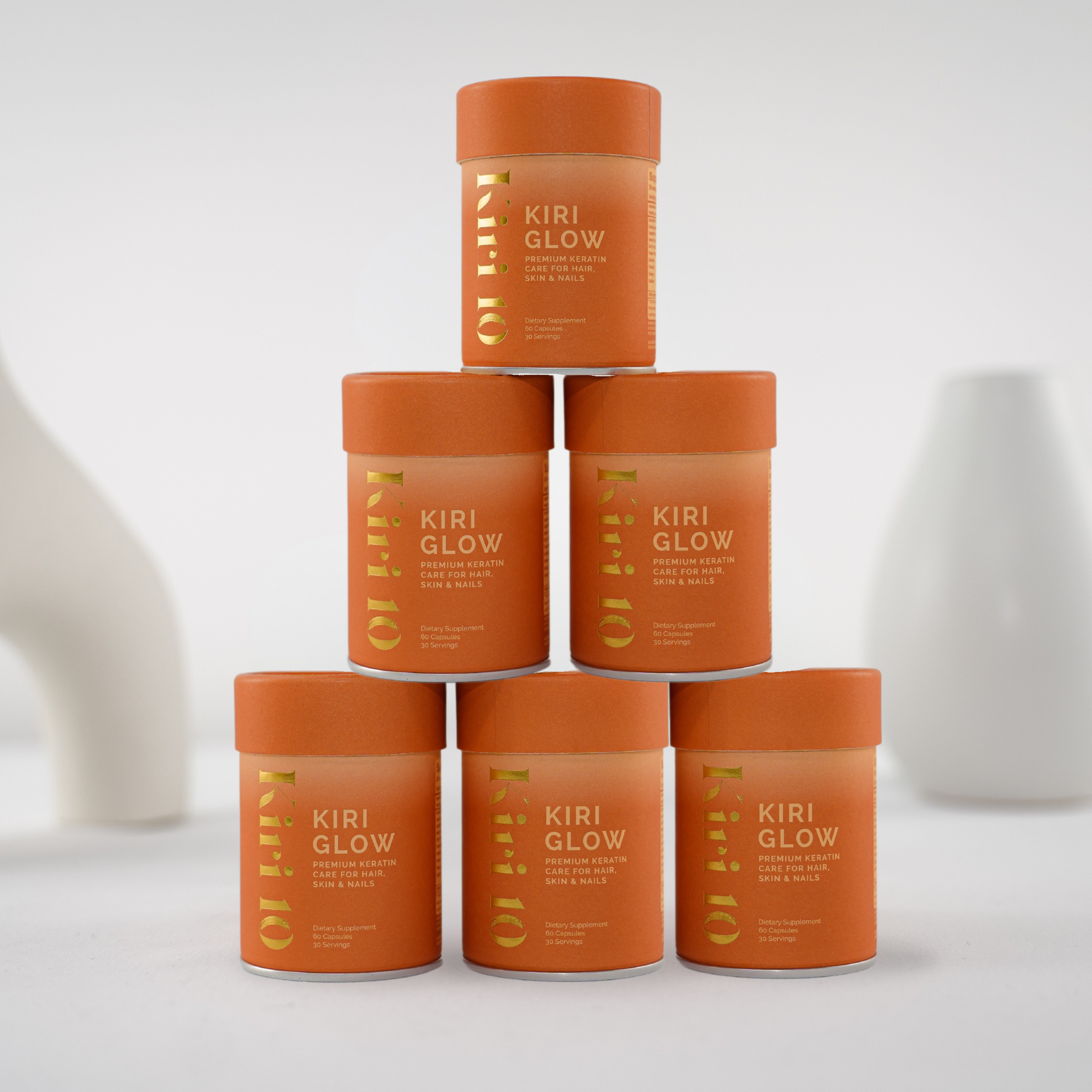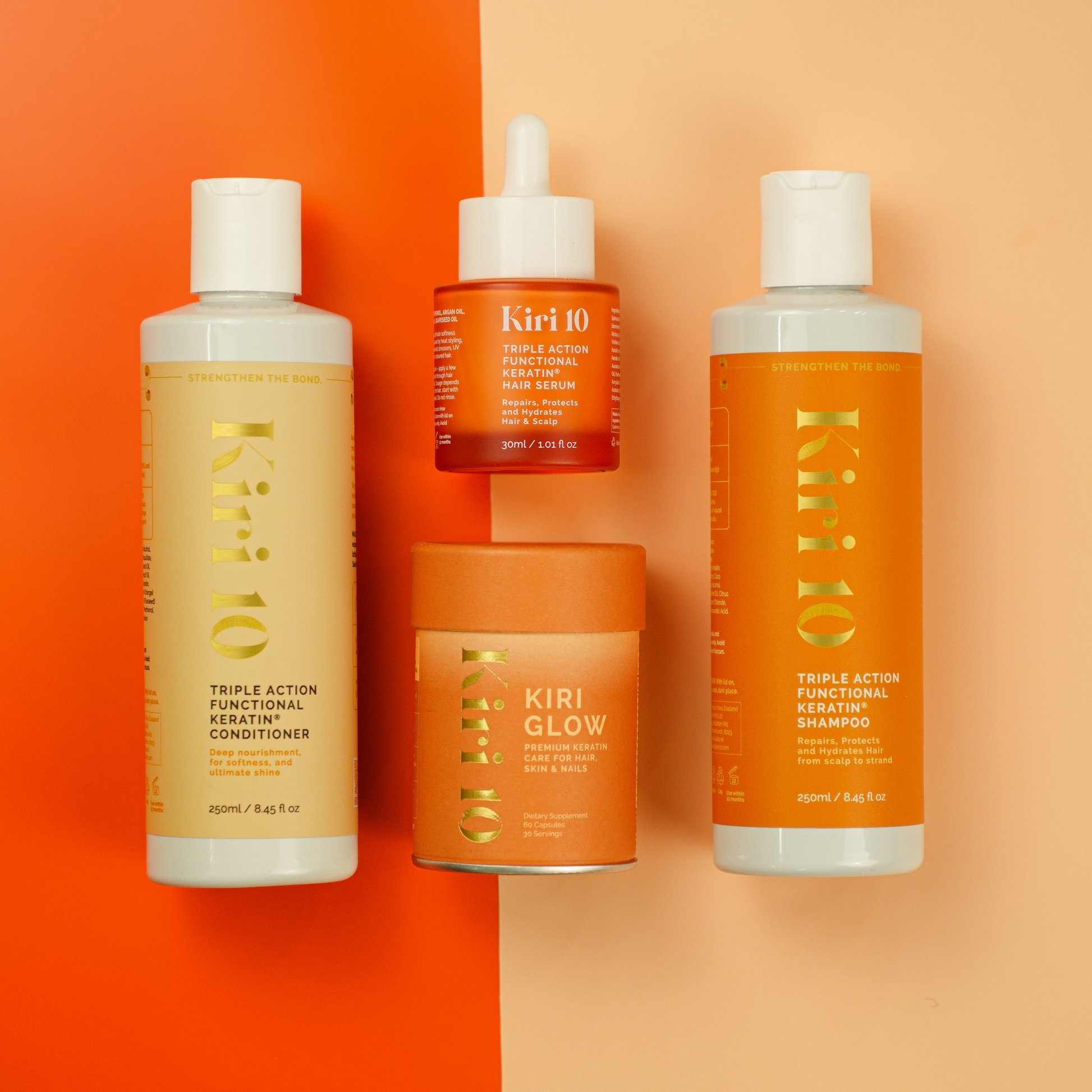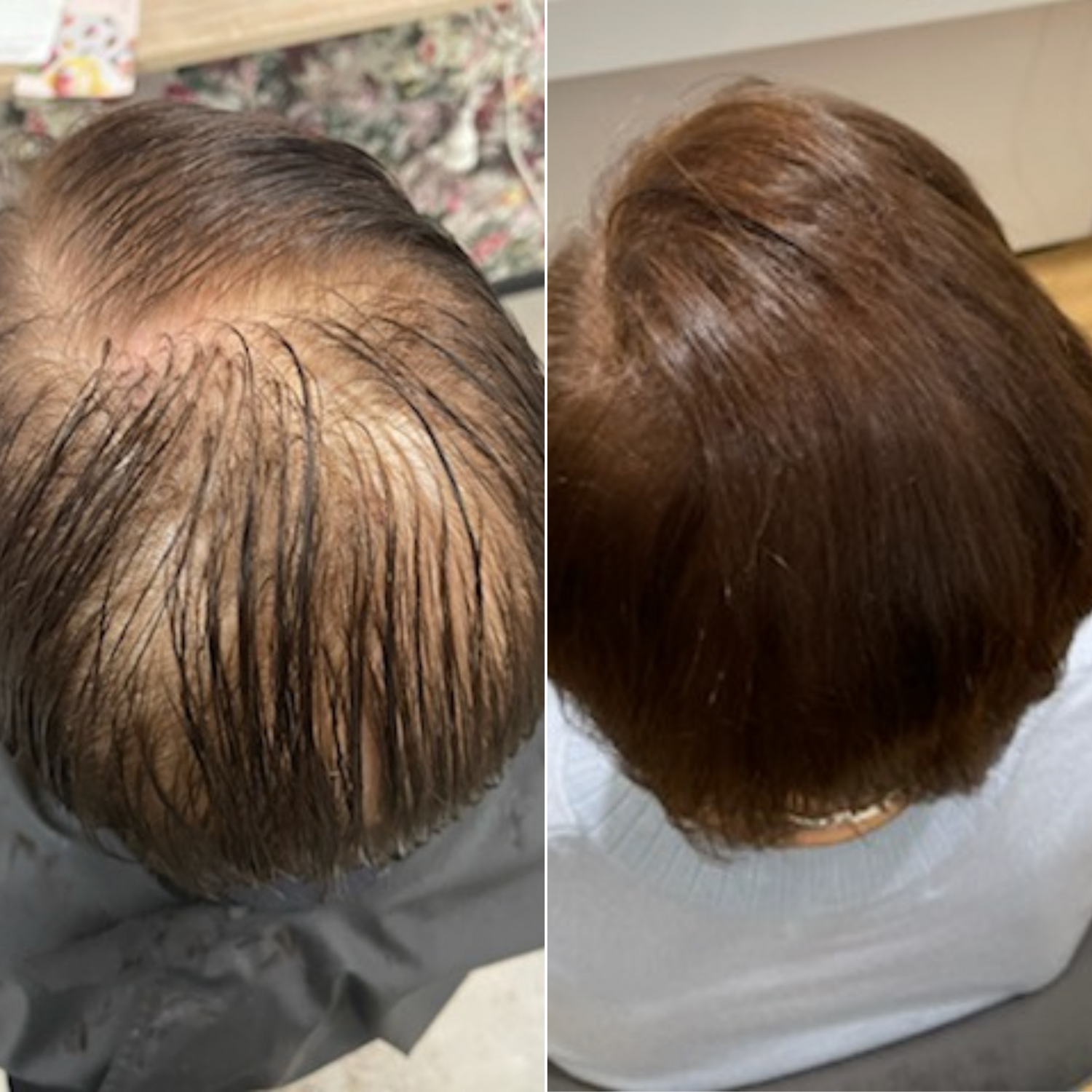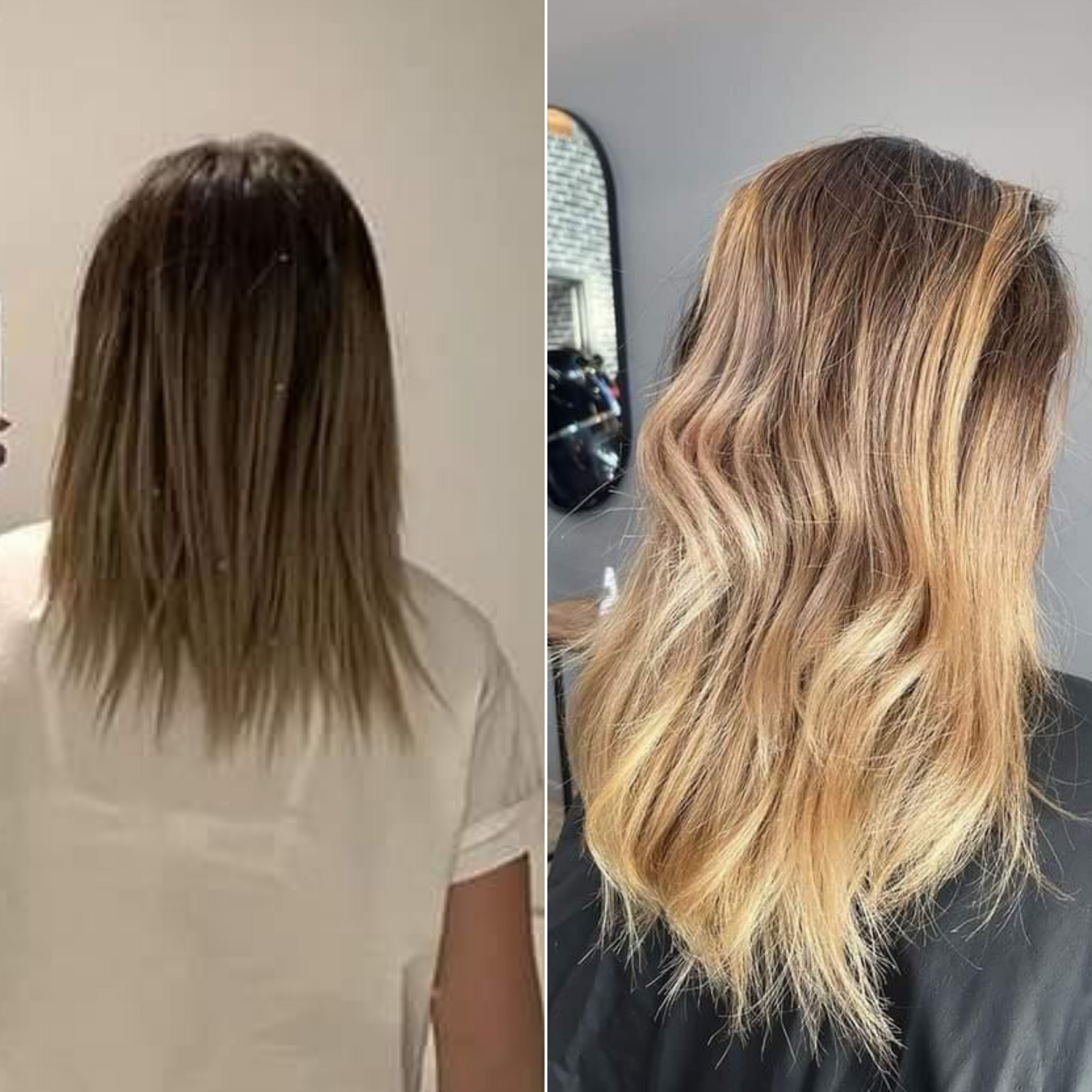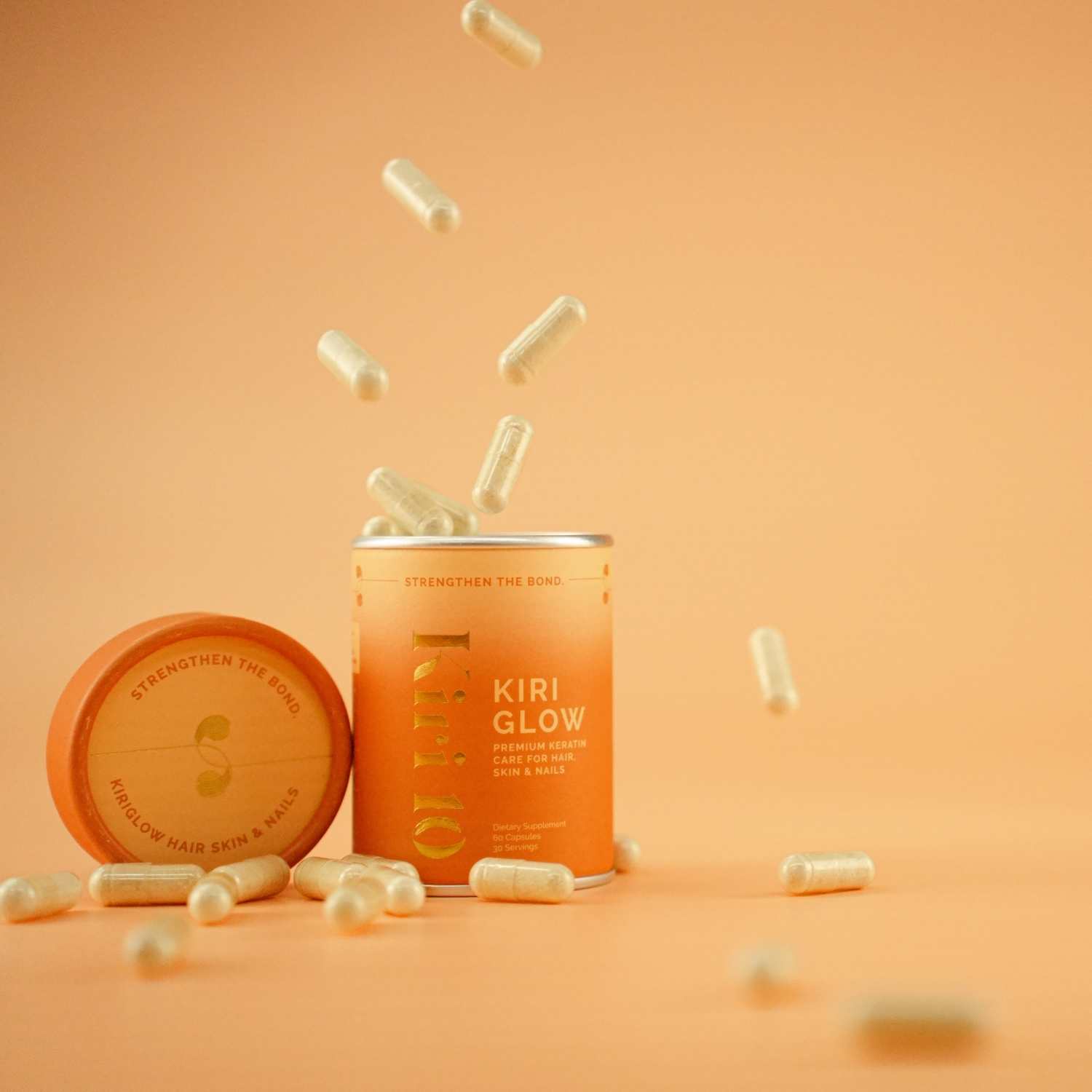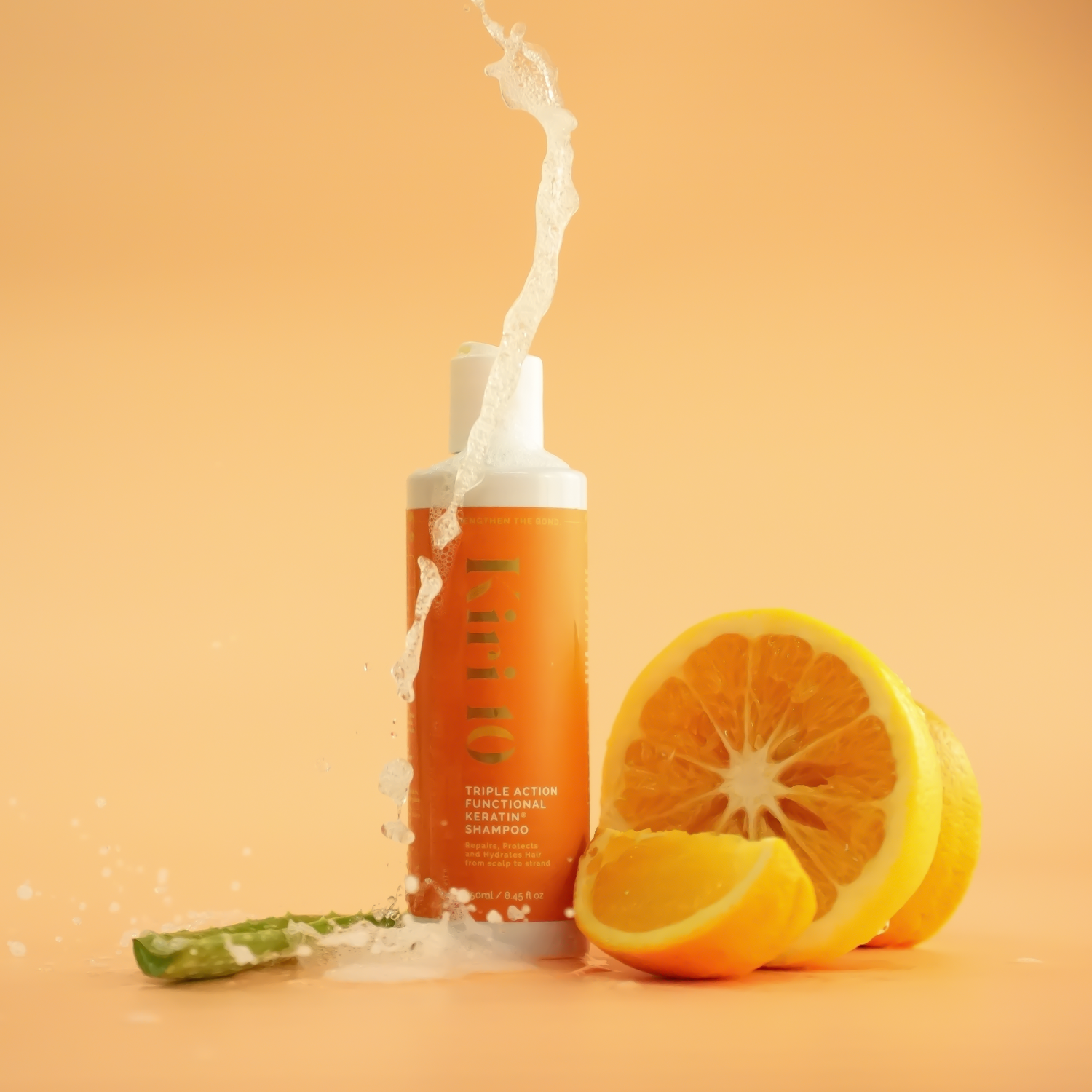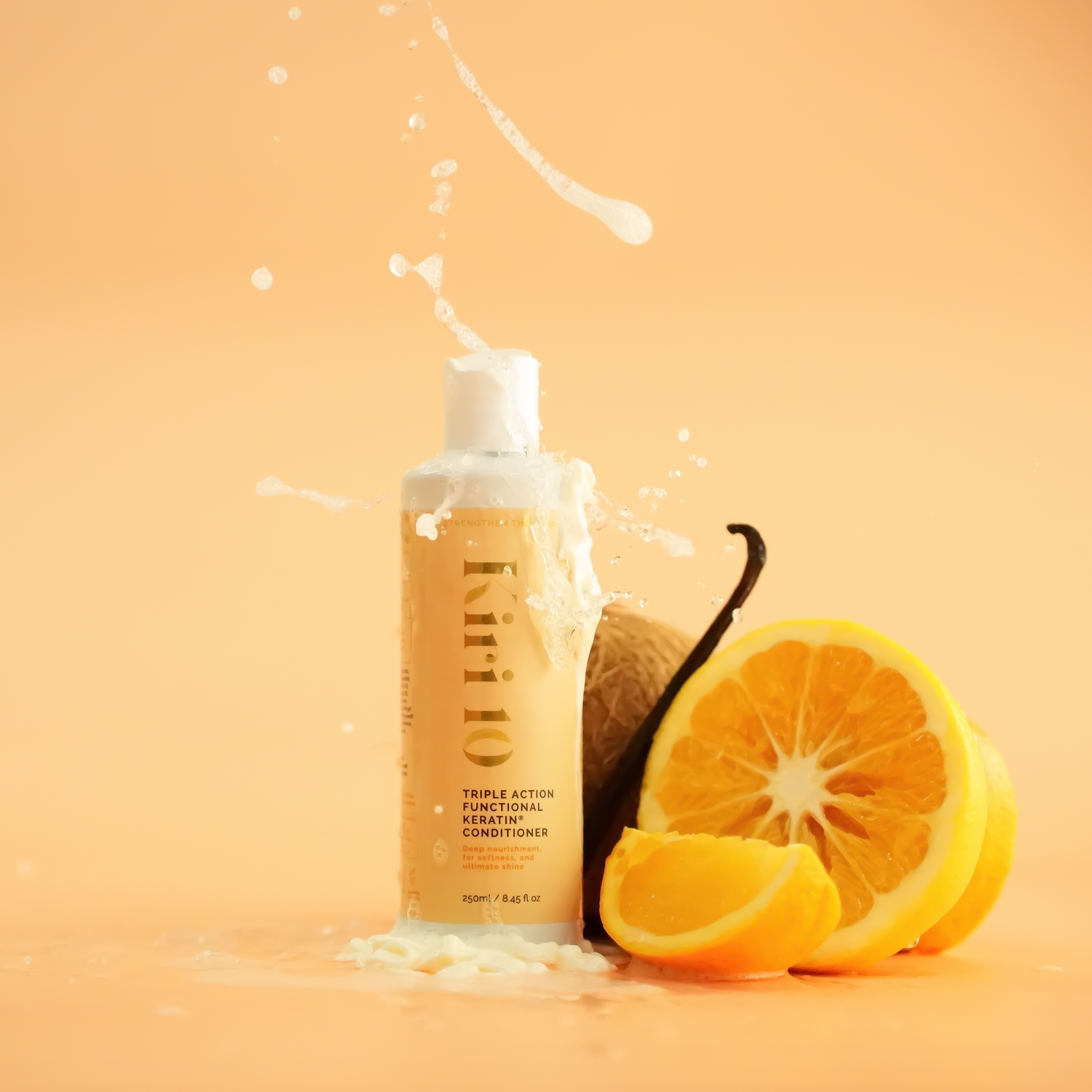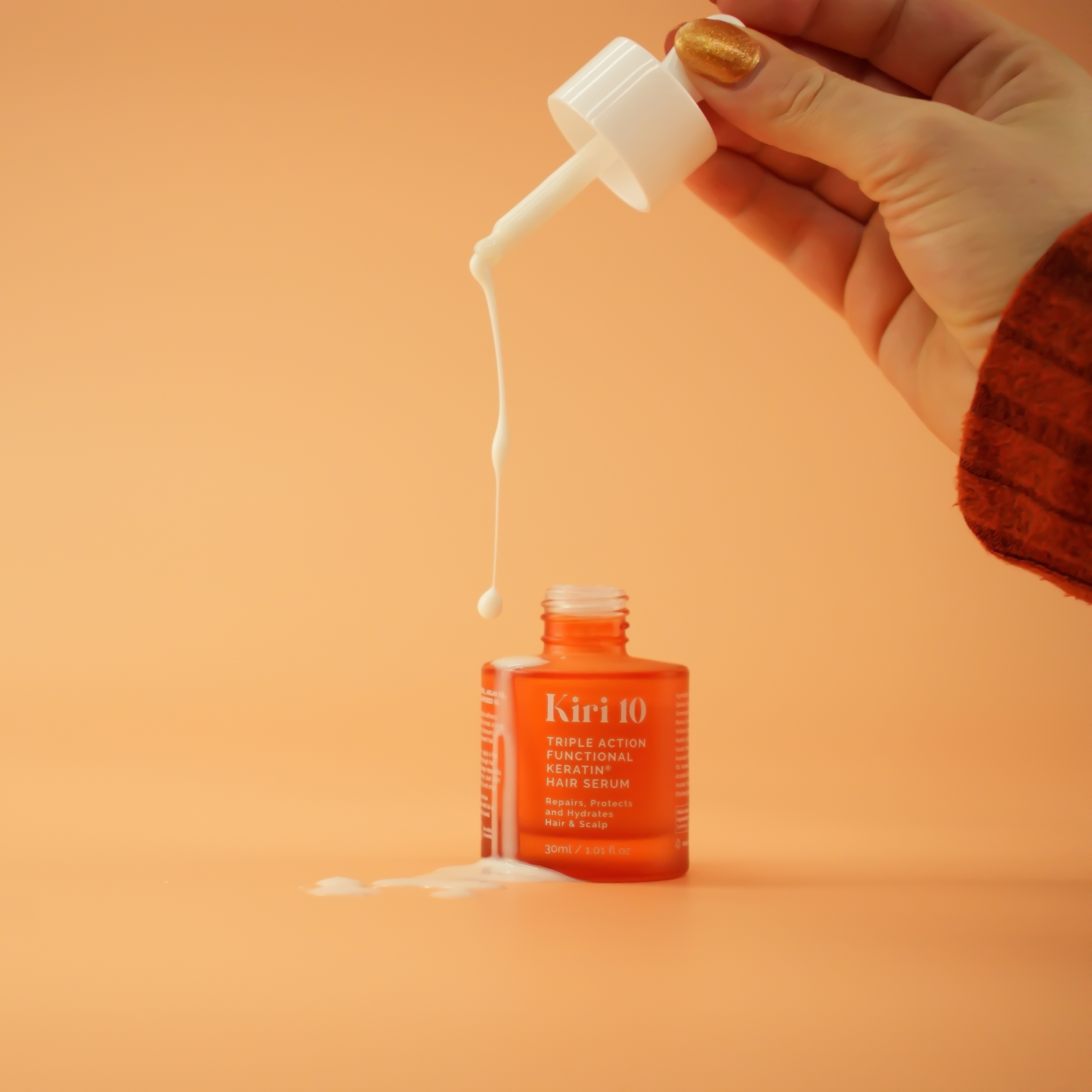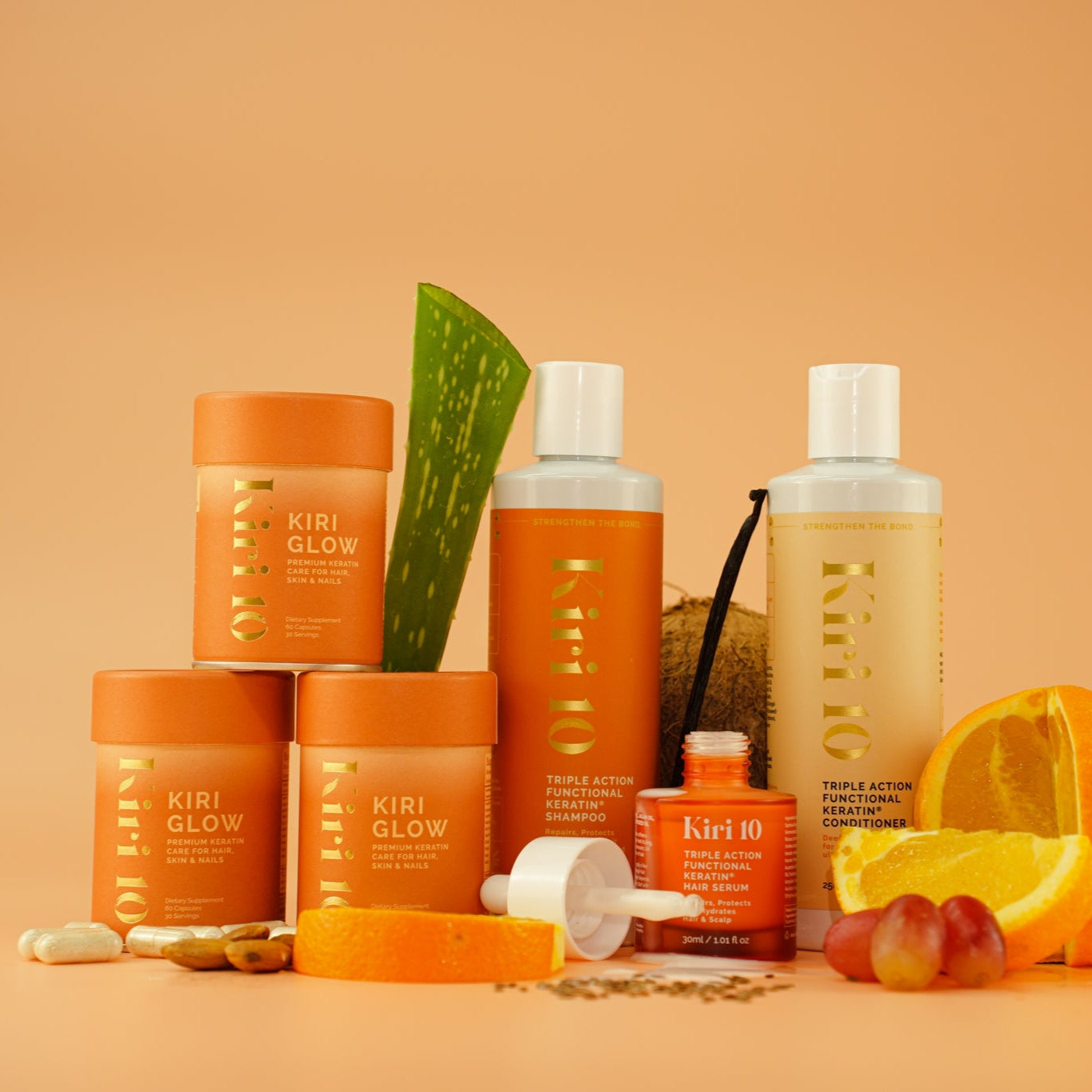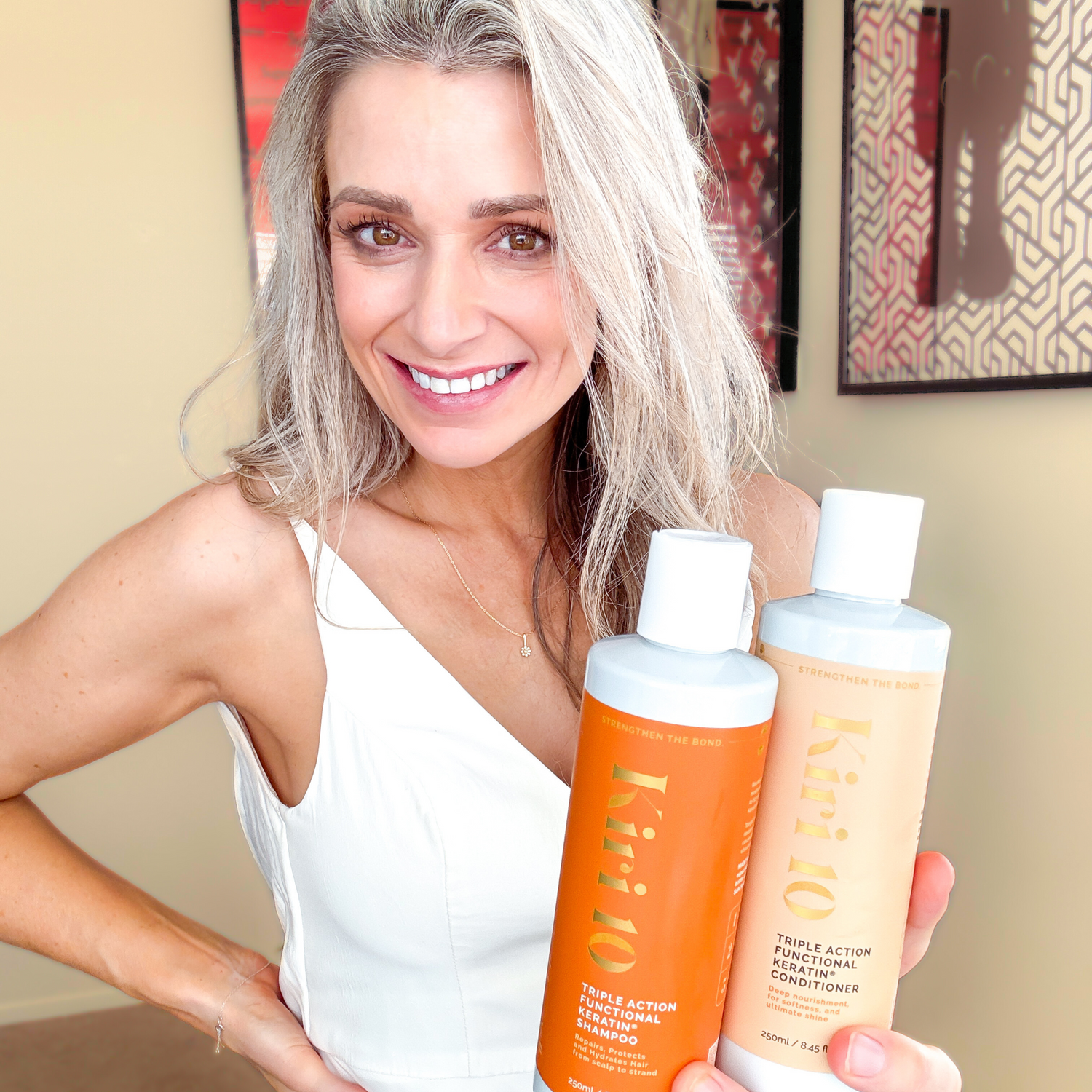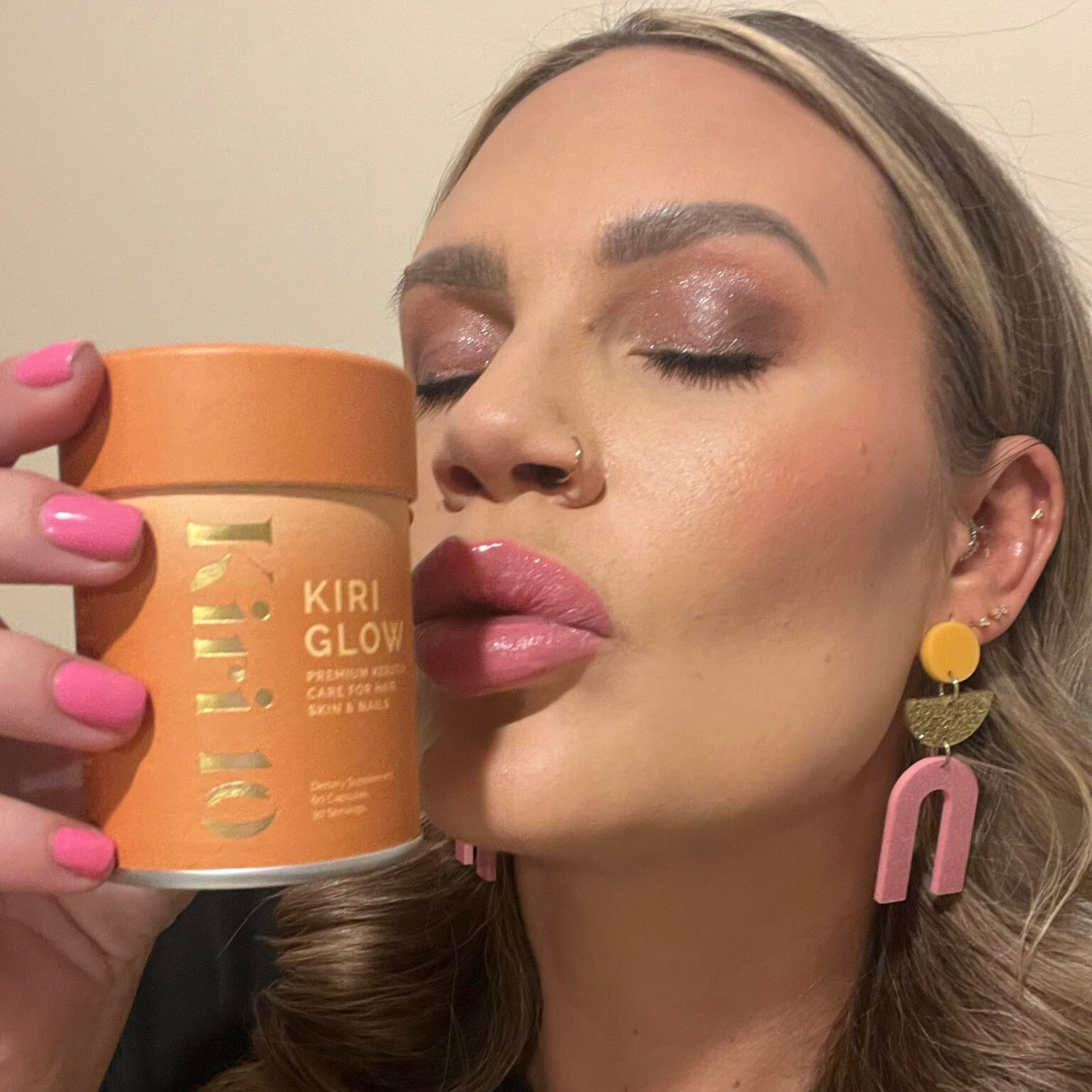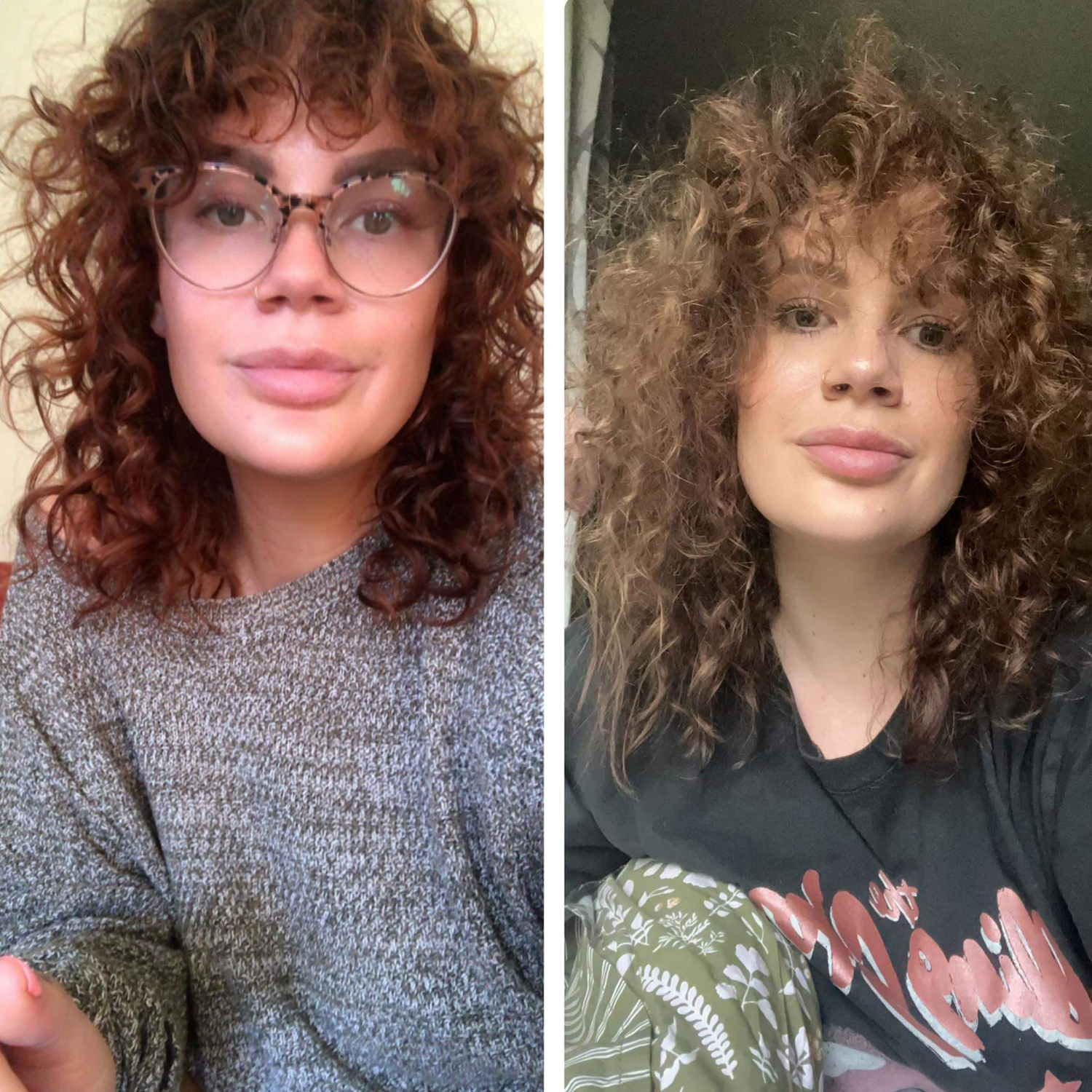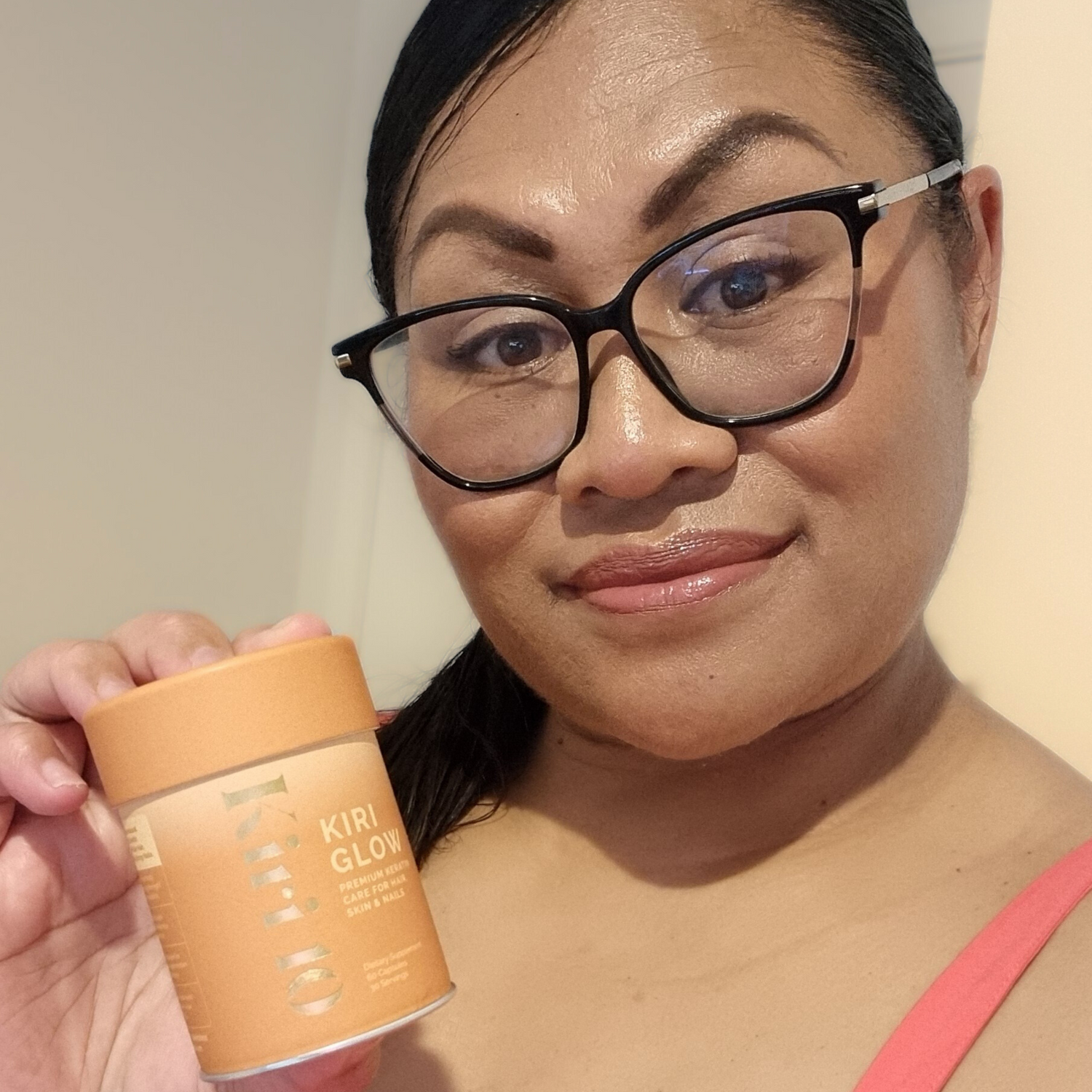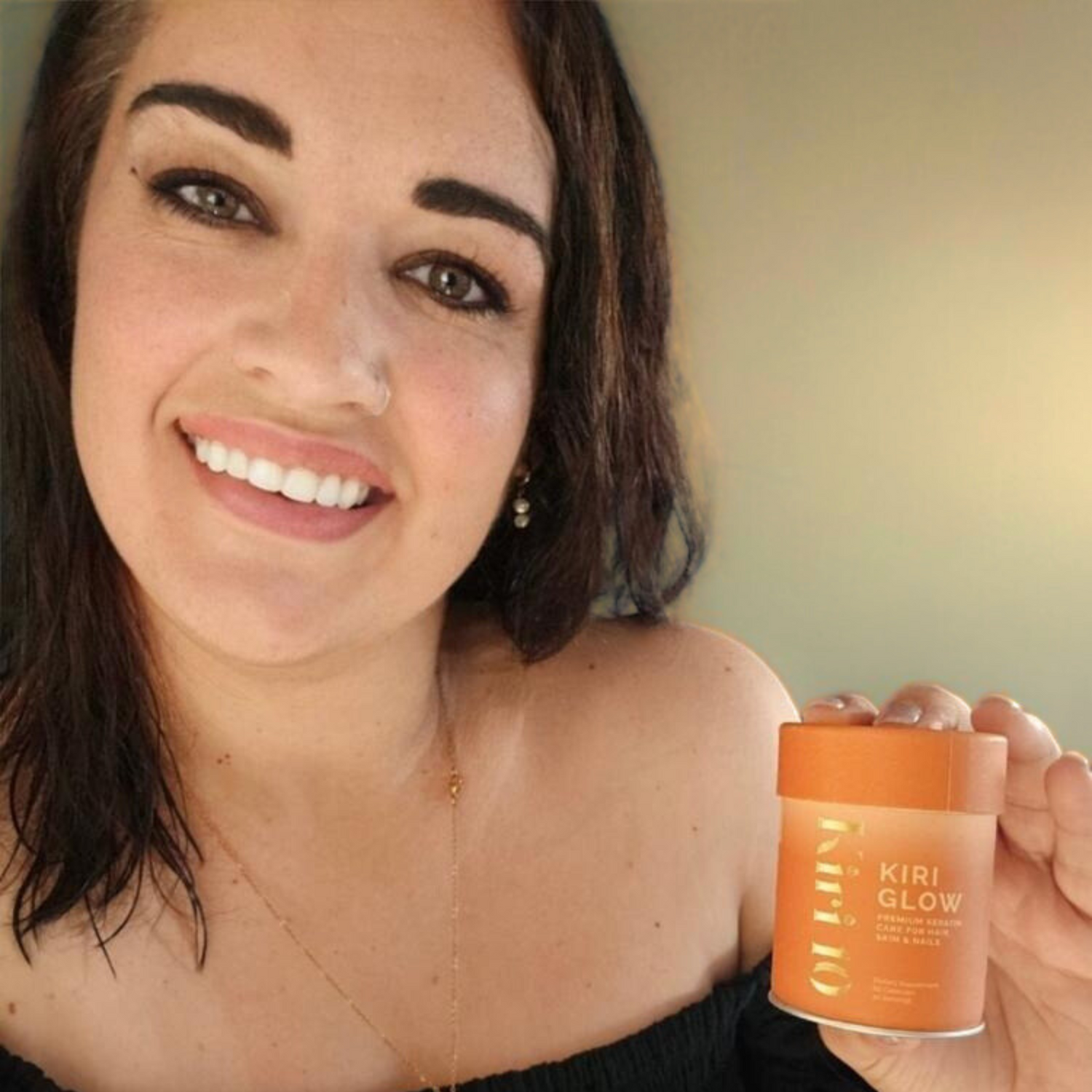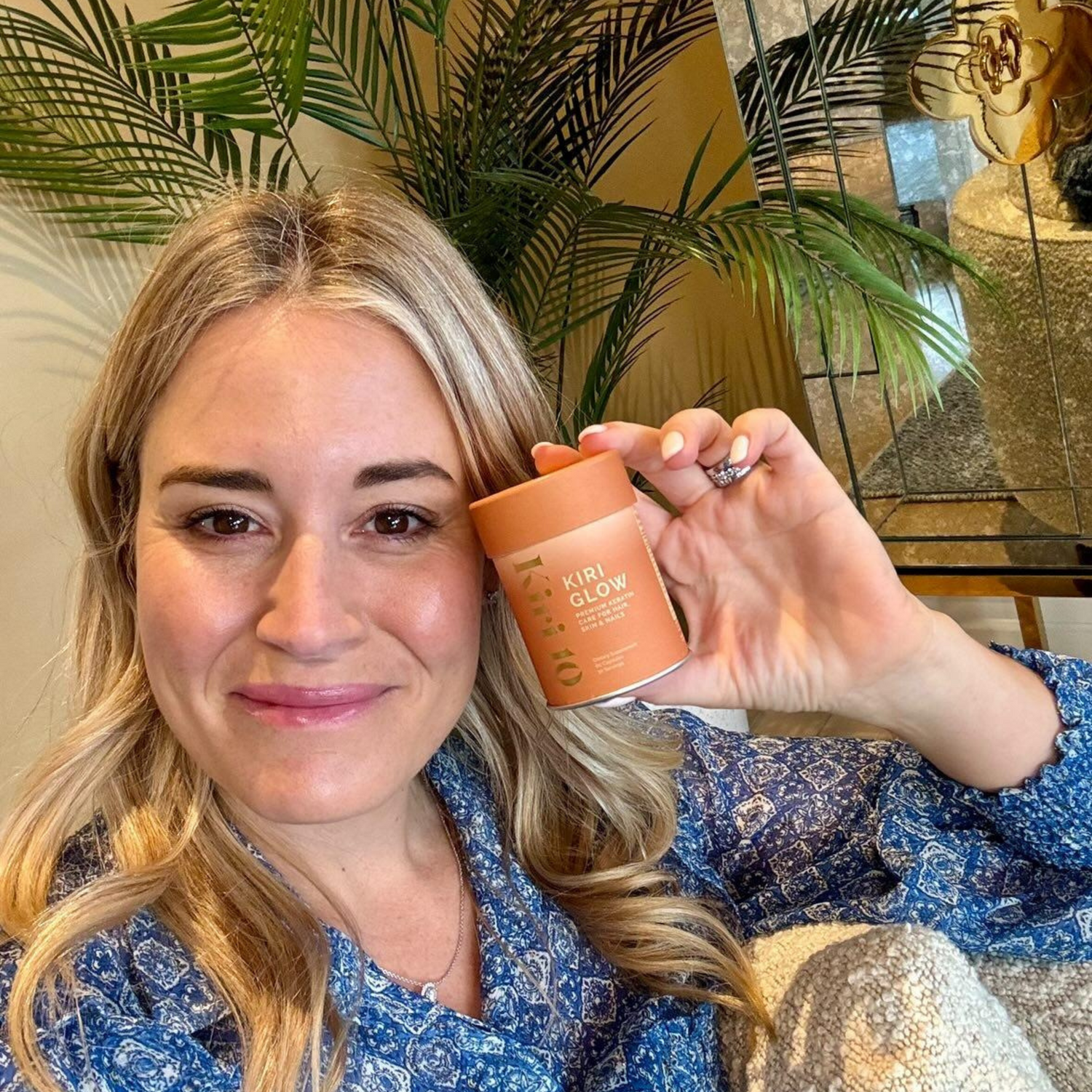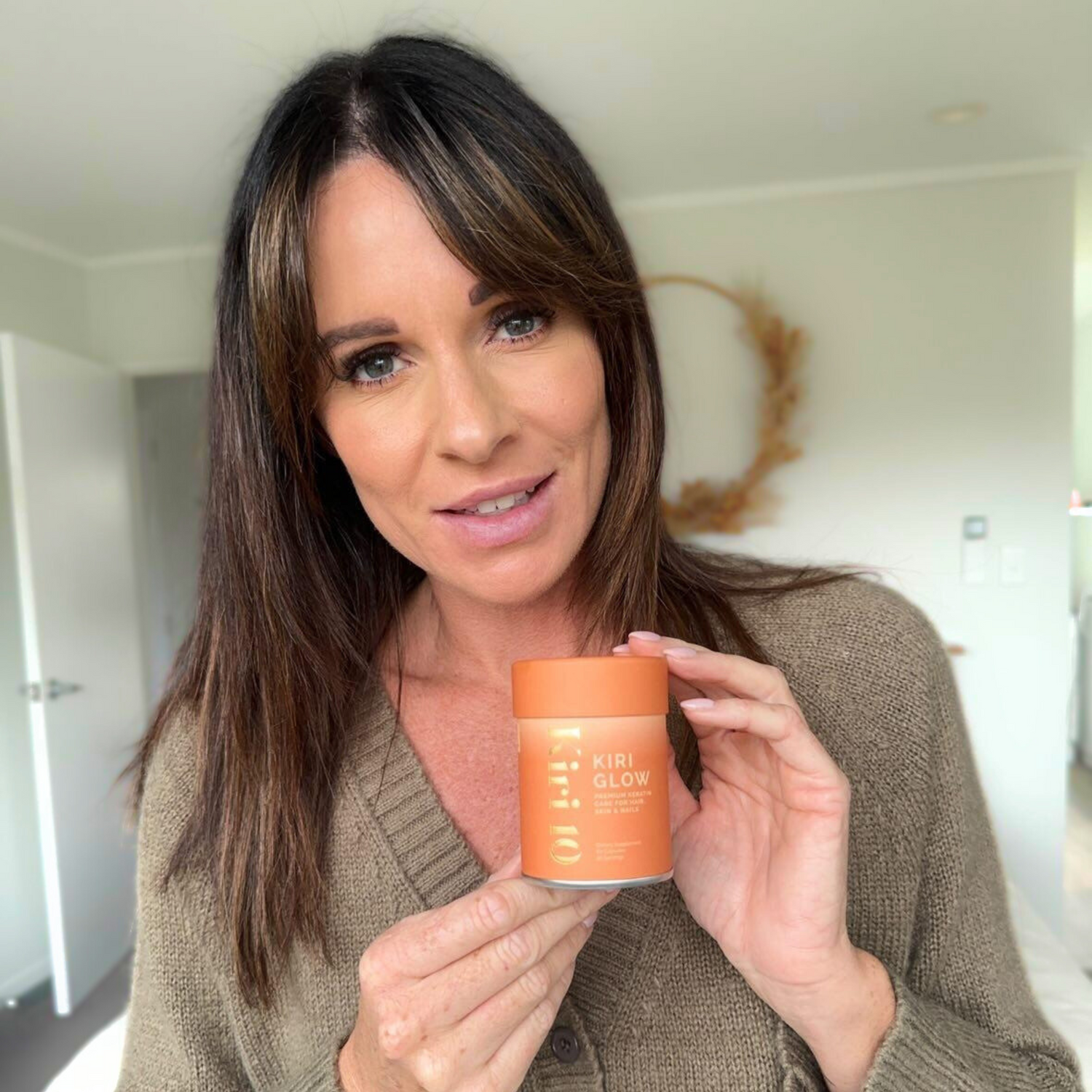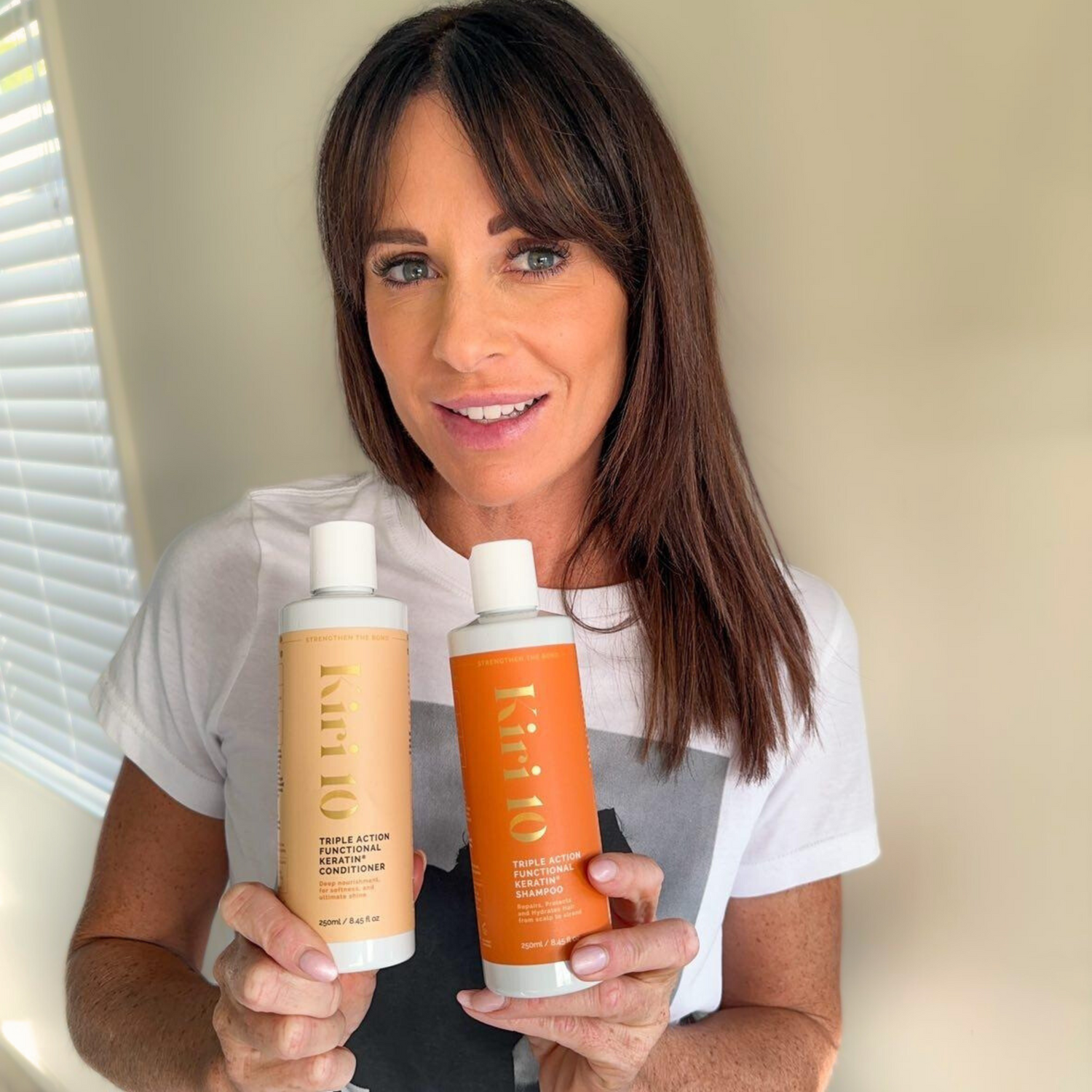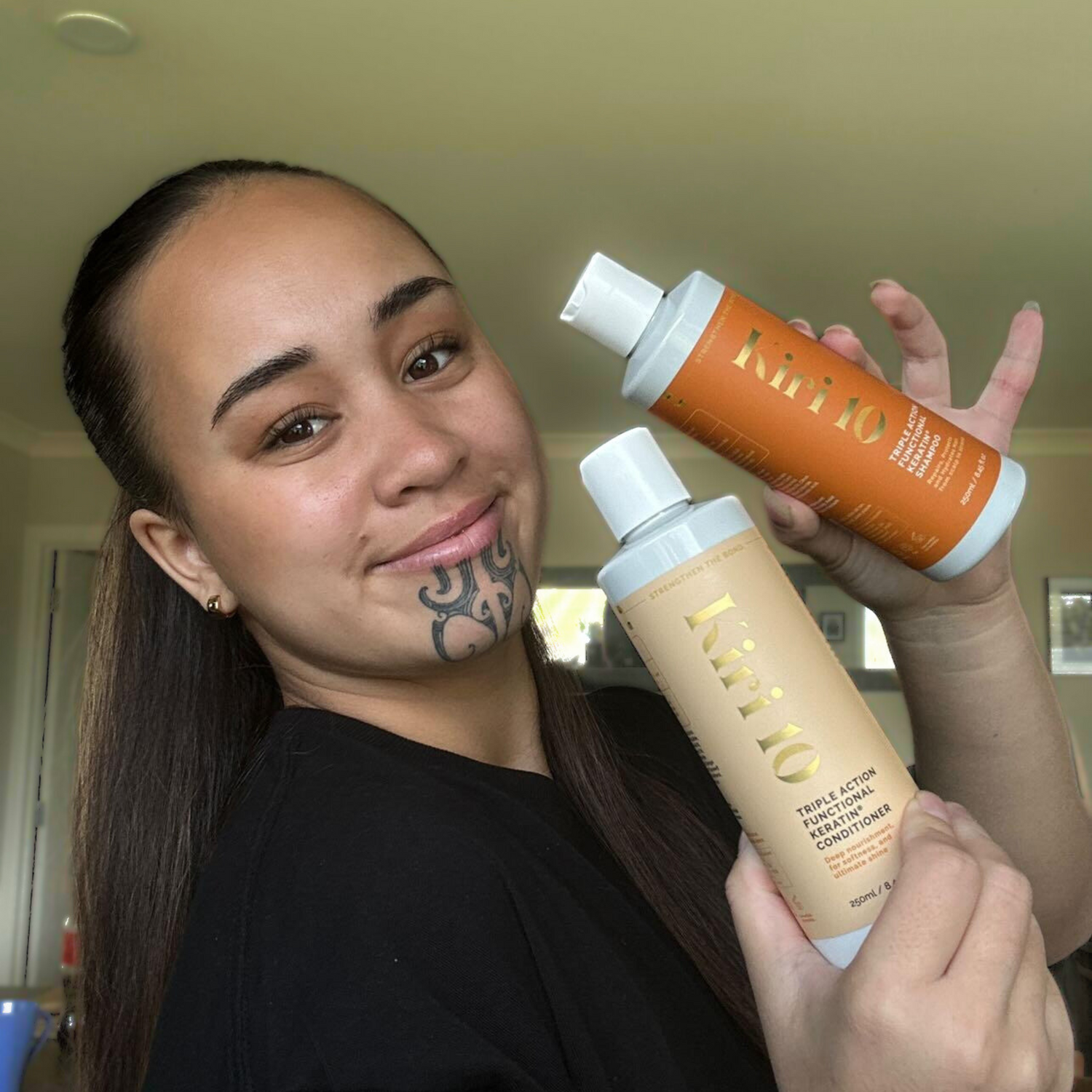Over time and through pollution, chemical or heat treatments like colouring, perming or straightening, hair becomes damaged. The way to resolve this? Replace the keratin.
So any old Keratin will do?
The answer to this question is a resounding “no”. In order for keratin replacement to be effective it needs to be able to bond to the hair shaft and interact in a natural way with the skin. For bonding to take place the source of keratin in the first instance and the method of extraction is critical.
So functional keratin then...
Yes, functional keratin – the stuff that remains bioactive through the process of extraction. What is particularly special about our bioactive keratin is the homology, or how similar it is to human keratin. Keraplast’s keratin is 91% homologous. That means it is made up of the same smaller amino acid molecules arranged in the same order.
Because of our extraction process and the 91% homology, we are able to achieve large molecular weight proteins. Hydrolysis, the standard extraction method for keratin, breaks bonds and gives smaller pieces of keratin.
So what does that mean?
The easiest way to picture the difference is to think of a zipper. With functional keratin, the teeth of the zipper fit perfectly together and bind to create the zipping effect or a strong connection. Hydrolysed keratin, on the other hand, is like trying to do up a zip where most of the teeth are broken on one side of the zip. Some of them connect, most of them don’t and effectively your zipper doesn’t work particularly well.
So what do I get from the zipper effect?
- This 91% homology and gentle extraction process mean that you get bioactive functional keratin that is able to:
- Improve strength and vitality of hair and skin
- Improve vibrancy and evenness of hair colour
- Restore damaged hair and skin
- Control frizz

